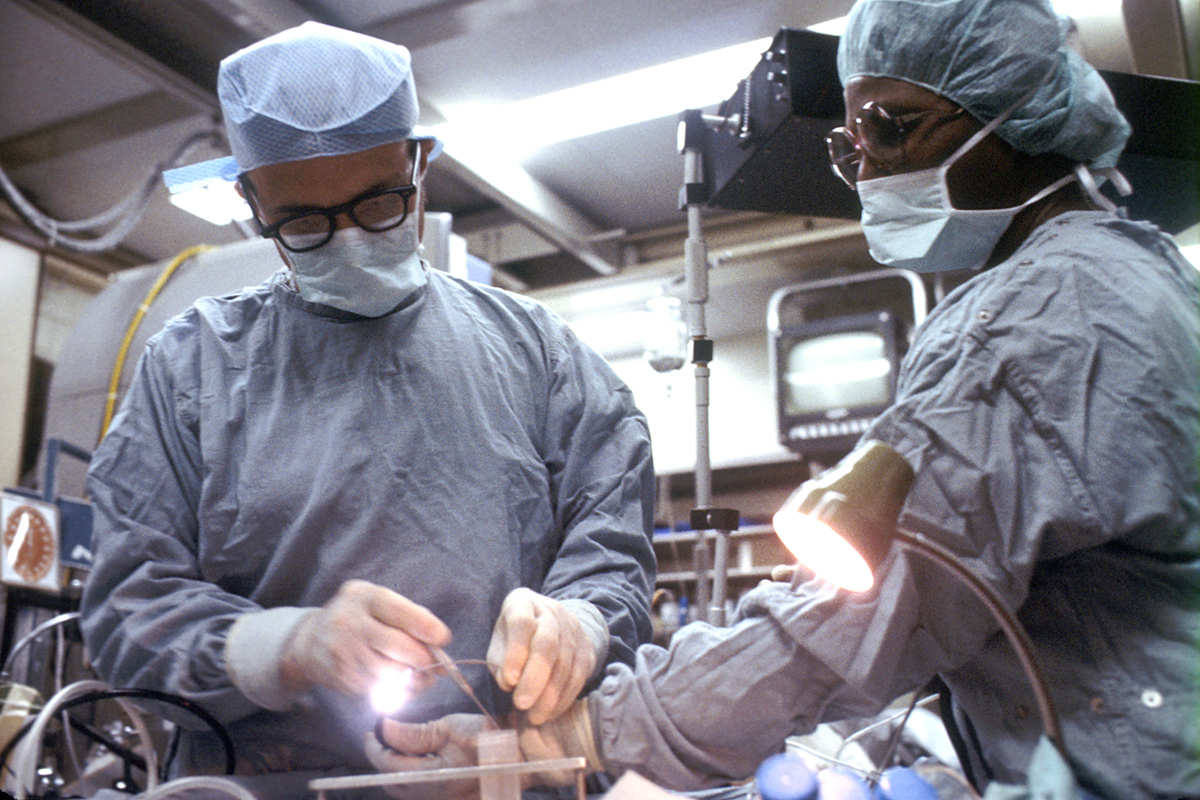
Bronchoscopy is a procedure that the explores main airways of the respiratory system, which are called bronchia. It is done for diagnostic and therapeutic purposes, using an instrument called bronchoscope. Bronchoscopy is done to determine the presence of abnormalities in the bronchia, like inflammation, tumors or bleeding, to take samples of tissue or mucus or to remove a foreign object.
A bronchoscope is a small instrument shaped like a tube. It can be flexible or rigid, with a tiny camera attached to its end, or with equipment used for taking tissue samples. Flexible bronchoscope does not require anesthesia and it is generally used to take small tissue samples or to remove small foreign objects, while bronchoscopy with rigid bronchoscope requires a total anesthesia and it is used to remove large tumors, big foreign objects like food particles or to take large samples for biopsy.
The bronchoscope can be inserted through mouth or nose, but also though tracheotomy, where a small incision is made in the neck.
Before the procedure
Certain precautions are necessary prior to a bronchoscopy. Doctors usually also ask about medical history, allergies and medications. Some medications, like Aspirin and anticoagulants, should be paused before the procedure. Some tests are usually done too, for example an X-ray, blood work and breathing tests.
After the patient receives the approval for the bronchoscopy, he or she is advised not to eat or drink anything eight hours before the procedure. Some water is allowed six hours before bronchoscopy but after that any food or drinks can cause nausea and vomiting.
During the procedure
Depending on the type of bronchoscope, the patient may or may not require general anesthesia. However, local anesthetic is injected into nose or mouth to numb the area, and sme may be given during the procedure to ease the cough. The patient should not talk during the procedure. The patients heart rate and blood pressure will be monitored from the beginning to the end.
After the doctor analyzes the bronchia, brushes or washes the airways or removes the foreign object, he or she will remove the bronchoscope quickly and carefully to avoid pain and discomfort.
After the procedure
After the procedure, the patients vital signs will be monitored for a while, and he or she should not eat or drink for another two hours. Doctors recommend starting with liquid foods and returning to the normal diet should be done only with doctor’s approval.
After bronchoscopy it is normal to cough up some blood. This procedure is generally safe and with mild and rare complications. The patient may experience fever and sore throat, as well as coughing. If these symptoms persist, the patient should see a doctor.
The results of bronchoscopy are usually ready after a week or ten days, after which time the doctor will discuss further treatment with the patient, according to the results.


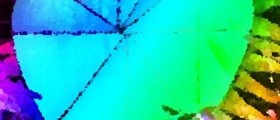




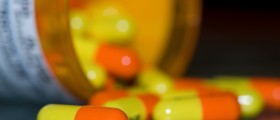


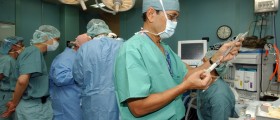
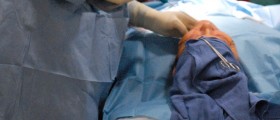


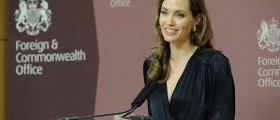
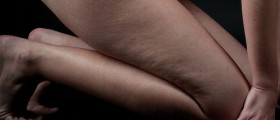

Your thoughts on this
Loading...